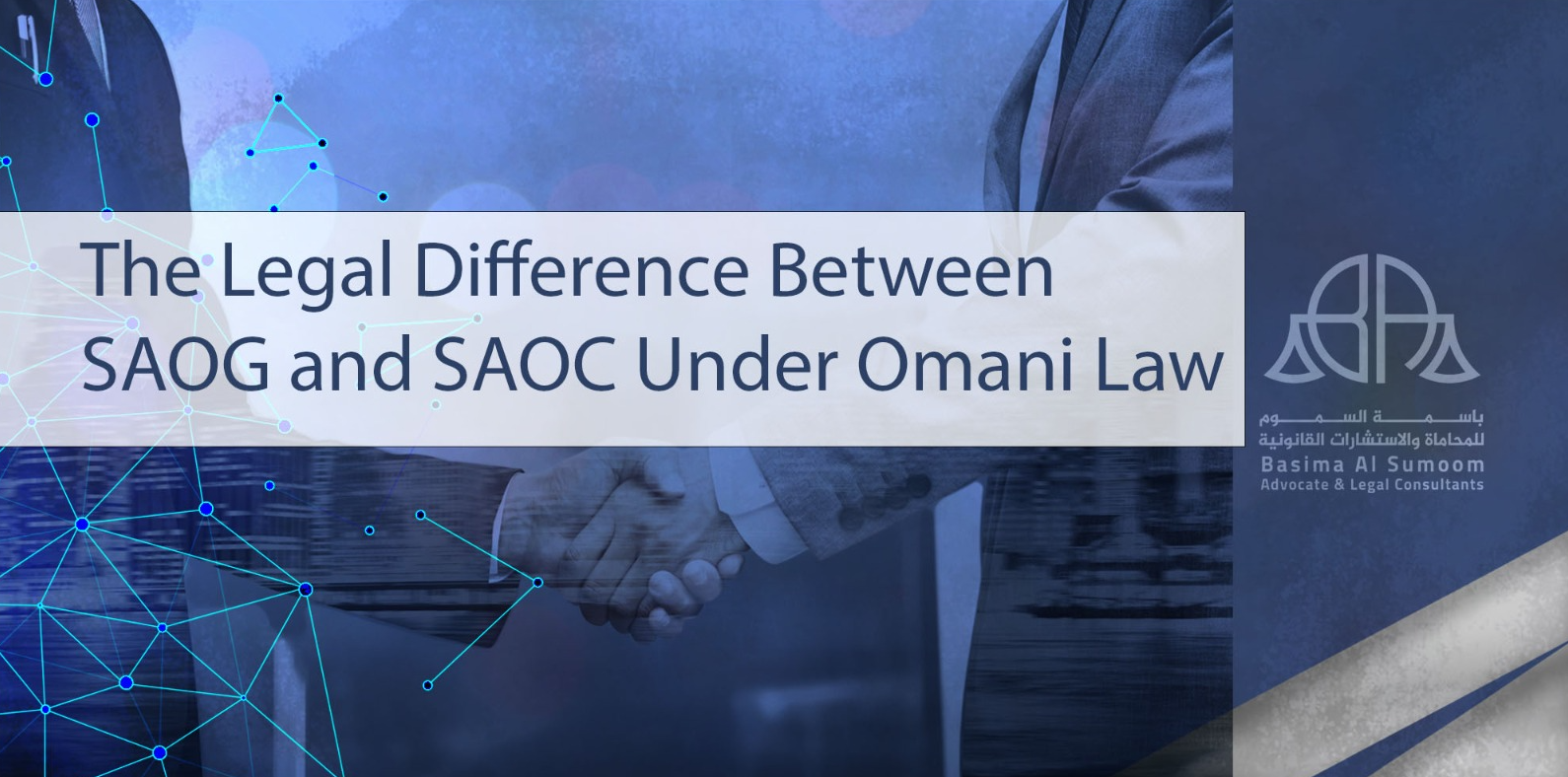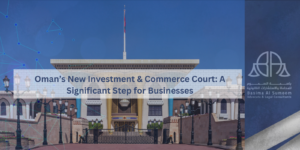Choosing the right legal structure is one of the most critical decisions entrepreneurs and investors must make when starting a business in Oman. The legal form of a company impacts not only its internal governance but also its ability to raise capital, regulatory obligations, and overall business strategy. Under the Omani Commercial Companies Law (Royal Decree 18/2019), two common forms of joint stock companies exist: the Public Joint Stock Company (SAOG) and the Closed Joint Stock Company (SAOC).
A Public Joint Stock Company (SAOG), as defined in Article 58 of the law, is a company whose capital is divided into freely transferable shares and whose shares may be offered for public subscription. To qualify as an SAOG, the company must have a minimum capital of OMR 2 million and at least five founding shareholders, as stipulated in Articles 59 and 60. SAOGs are subject to strict regulatory oversight by the Capital Market Authority (CMA) in addition to the Ministry of Commerce, Industry, and Investment Promotion (MOCIIP). They must comply with detailed disclosure requirements, publish audited financial statements, and follow enhanced corporate governance standards. These companies are eligible to list their shares on the Muscat Stock Exchange (MSX), making them an ideal structure for large enterprises seeking to raise capital from the public or institutional investors.
In contrast, a Closed Joint Stock Company (SAOC) is defined in Article 67 as a company whose shares are not offered to the public and are held by a limited number of shareholders. The minimum capital required is OMR 500,000, and the company may be incorporated with just three shareholders. SAOC companies are regulated solely by the MOCIIP and are not under the jurisdiction of the CMA. This means fewer disclosure requirements and more flexibility in governance. SAOCs are commonly used by family owned businesses, mid sized enterprises, or private investor groups that prefer a closed capital structure and do not intend to publicly trade their shares.
Ultimately, the choice between an SAOG and SAOC should be made based on the company’s long term objectives, funding strategies, and operational needs. While an SAOG offers broader access to capital and public recognition, it comes with more stringent regulatory obligations. An SAOC, on the other hand, offers privacy and greater control but limited financing options.
At Basima law firm, we provide customized legal support to clients at every stage of company formation from choosing the appropriate structure and drafting documents to securing necessary approvals and ensuring ongoing legal compliance. Whether you are launching a new business or restructuring an existing one, our team is here to guide you through the legal landscape with clarity and confidence.





